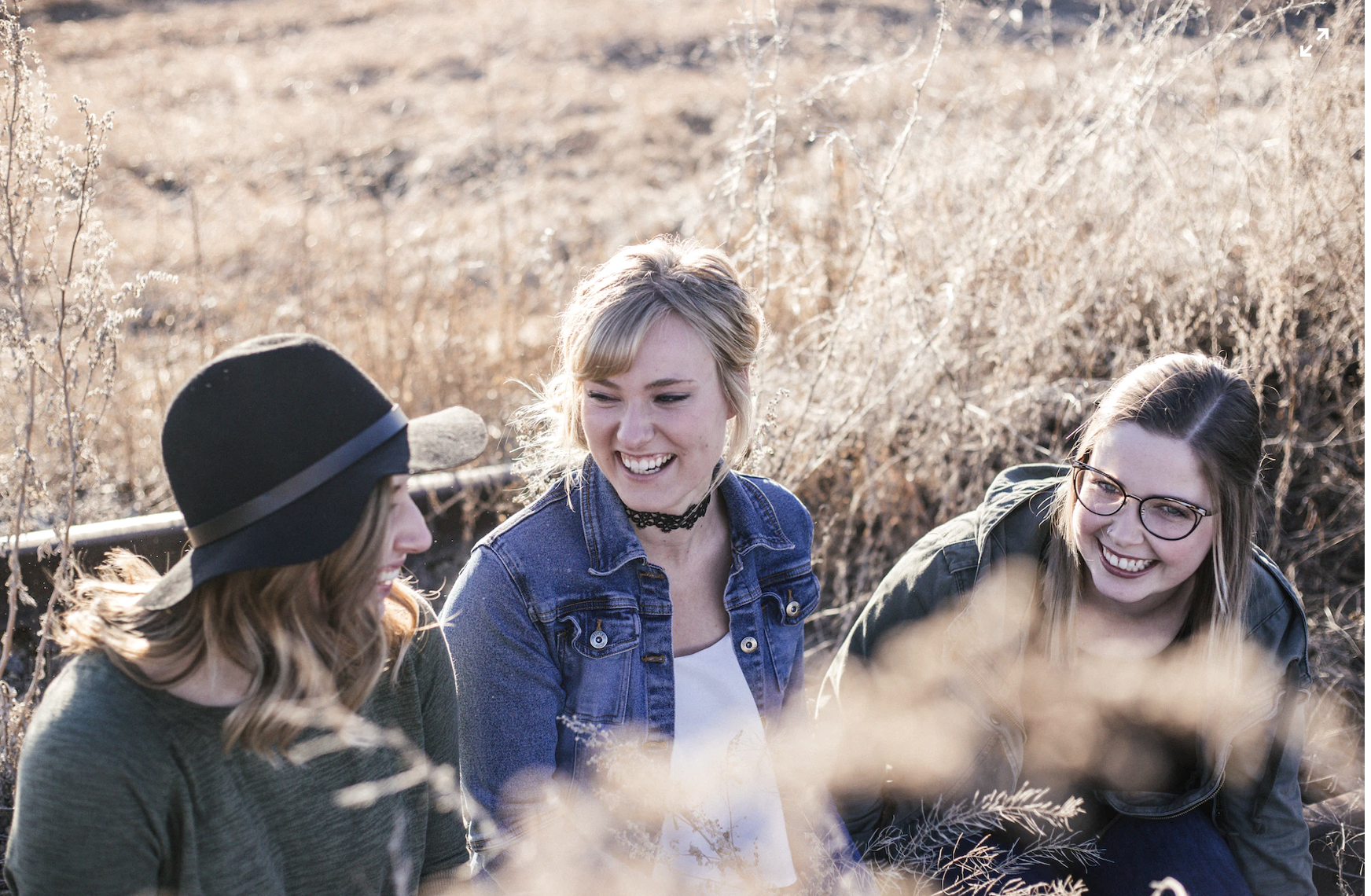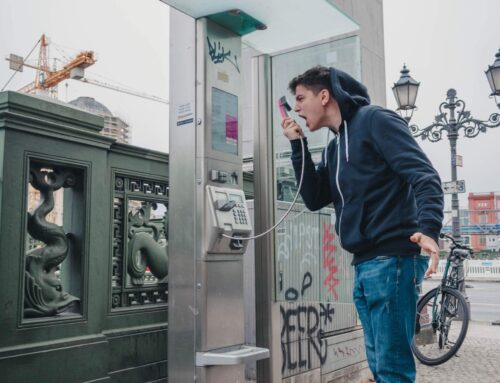“It is only shallow people who do not judge by appearances. The true mystery of the world is the visible, not the invisible.” -Oscar Wilde, The Picture of Dorian Gray.
All of our gestures, expressions, looks, and even how we take up personal space broadcast our true feelings to people in the room. In fact, we are subconsciously observing others’ fleeting micro-expressions constantly, which cannot be faked, according to Dr. Paul Ekman.
Anthropologist Ray Birdwhistell estimated that we make and recognize around 250,000 facial expressions. He found that the verbal component of a face-to-face conversation is less than 35 percent, and over 65 percent of communication is done nonverbally.
And women are really good at deciphering body language.
MRI brain scans show that women are more capable of evaluating people than men. We have fourteen to sixteen areas of the brain to evaluate others’ behavior versus a man’s four to six areas. These areas give us an innate ability to decipher nonverbal signals and an accurate eye for small details. So by the time a man has finished introducing himself to the party’s hostess, his wife has correctly identified every couple’s relationship status in the room.
It would make sense…especially if our maternal ancestors had to assess who was safe or not during a village raid. We literally judge others within 7 seconds to see if they’re trustworthy, suspicious, powerful, submissive, or dangerous. In other words, trust depends on verbal/non-verbal alignment.
So on our dates, our ancestral brain automatically scans a person’s initial body language to look for the signals that say this is a consistent person or that he’s untrustworthy, i.e., his words are not matching his body language.
However, we know that men will mirror your body language if they are interested. They’ll lean toward you and not turn their torso away. They will point their toes toward you, touch your arm, and make you laugh. They will hold your gaze, perhaps take all of you in with a discreet “eye dip.” You may catch an eyebrow flash, a quick raising and lowering of the eyebrows that usually only lasts a fraction of a second that shows attraction. Their voice will become more expressive, and they may stroke their chin. Sometimes, they’ll even play with the stem of a wine glass if they can’t touch you or if they’re anticipating touching you. If their lips part and pupils dilate, they are VERY interested, if not aroused.
We also know that the opposite is true. If a person’s body faces the door, their face is expressionless, their feet are pointing away from you, and they keep looking at the clock, they are desperate to leave. If two people are standing, notice if one of them is backing away, crossing their arms, or creating a barrier with a purse or computer. Look for someone scratching around their ears or rubbing their neck. They may actively flinch or do a bunny nose. All these non-verbal cues indicate their discomfort.
When my best guy friend asked me to describe “creepy” body language in men, I thought of the look of arousal that immediately puts women on edge. A predatorial stare with dilated pupils, sweat on the upper lip, and an open mouth, lips apart. I believe that unblinking gaze stirs a deeply embedded fear in women. I would even include a smile that doesn’t reach the eyes or a fleeting smirk. Once again, our ancestral brain is actively working to protect us. Do his words match his actions? Is he invading our space, despite us physically moving away?
When we’re with friends, our body language is relaxed. We smile more; we tilt our heads as we listen; we face our friends and touch them frequently depending on the level of intimacy and cultural norms. We laugh easily and lean into each other.
So, if humans are programmed to read body language well, why do we miss the red flags?
It’s usually external and internal distractions or cultural differences.
- External Distraction. If you’re picking up a cranky toddler, texting, or taking a call, it distracts you from being aware of your surroundings and people. In fact, criminals look for distracted parents, intoxicated people, or anyone who cannot discern the physical and verbal cues leading to violence. For example, when my husband dropped off our rental car at the airport years ago, and I stood in the underground parking lot holding my crying infant daughter in front of our luggage, a man suddenly appeared, asking me for directions. When I turned around, my husband’s briefcase was gone along with the man. The airport police confirmed that these petty thieves trolling for passports and money target mothers with small children. Being distracted, I missed all the classic body language of a predator. As a result, I never let a stranger within arm’s length of me…especially anyone who is pushy and intent on holding eye contact. Con men in NYC claiming they lost their wallet or train ticket are especially good at this. They can spot a “softie” a mile away who will give them money. As my good friend Anita reminded me, stand tall and project strength. Petty thieves will not approach someone who looks like they will fight.
- Internal Distraction. We could be so anxious during an interview that we miss the positive non-verbal cues. Breath. Try to calm the head noise and be present. Sometimes, we’re so afraid that we’ll make a social gaff that we forget to have fun and see others enjoying our company. Or if we’re upset or angry over a bad day, it may keep us from noticing our immediate environment and others’ body language.
- Cultural differences. The majority of body language is universal, but every country has specific gestures. For example, personal space becomes smaller as you near the equator. Yet it increases in colder climates. In France, they have several gestures that we do not have in the United States. My favorites are “bof,” the Gallic shrug, which is stereotypically French, and “faire le moue,” in which you pucker and push your lips forward and look bored, especially if you have to wait in line. What’s interesting — when people switch languages, they switch body language as well, especially if they’re bilingual, using that country’s gestures. If you’re unfamiliar with the physical cues, it could be hard to understand the context of the conversation there. But don’t worry, smiles and laughter are universal!





